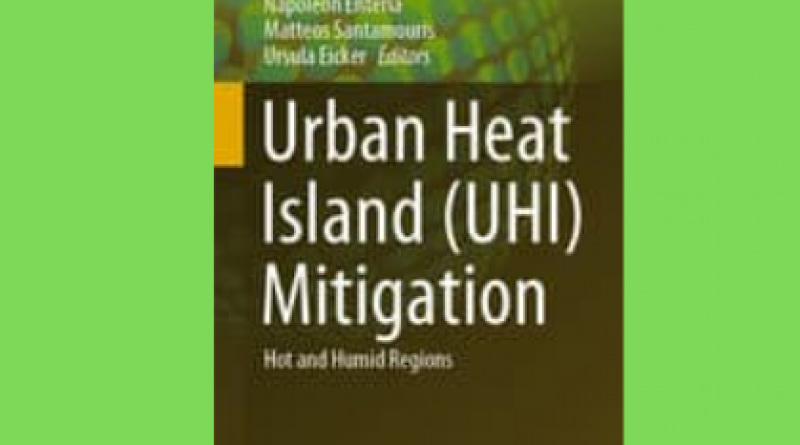The Dynamics Of Urban Heat Island Mitigation In Civil Infrastructure Planning

Welcome to our article on the phenomenon known as the Urban Heat Island Effect. In this article, we will discuss the causes of the Urban Heat Island, its impacts, and mitigation measures that can be taken to combat it.
Introduction
The Urban Heat Island (UHI) is a phenomenon that occurs when cities and other built-up areas are significantly warmer than the surrounding rural areas. The UHI effect can cause numerous problems, including increased energy consumption, heat-related illnesses, and poor air quality.
The UHI effect is caused by a combination of factors, including the heat generated from buildings, cars, and other human activities, as well as a lack of vegetation and tree cover in built-up areas. As a result, Urban Heat Islands tend to be more prevalent during periods of warm weather and can be exacerbated by climate change.
Frequently Asked Questions:
What is the Urban Heat Island Effect?
The Urban Heat Island Effect refers to the phenomenon whereby urban areas tend to be significantly warmer than nearby rural areas. This is caused by a combination of factors, including the heat generated by human activities and a lack of vegetation.
What are the effects of the Urban Heat Island?
The Urban Heat Island Effect can have numerous negative impacts, including increased energy consumption, heat-related illnesses, and poor air quality. It can also exacerbate the effects of climate change.
What can be done to mitigate the Urban Heat Island?
There are several measures that can be taken to mitigate the Urban Heat Island effect, including increasing vegetation and tree cover, using reflective materials on buildings, and providing shade through the use of awnings, umbrellas, and other structures.
Impacts of the Urban Heat Island
The Urban Heat Island Effect can have a wide range of negative impacts on both human health and the environment. Some of the impacts of the UHI effect include:
Increased energy consumption
One of the main impacts of the Urban Heat Island Effect is increased energy consumption. This is because buildings in urban areas tend to require more energy for air conditioning and other cooling measures during hot weather.
Heat-related illnesses
The UHI effect can also lead to an increase in heat-related illnesses, such as heat exhaustion and heat stroke. This is because the high temperatures in urban areas can make it difficult for the body to cool itself down.
Poor air quality
The Urban Heat Island Effect can also lead to poor air quality, as the high temperatures in urban areas can cause pollutants to become more concentrated.
Mitigation Measures for the Urban Heat Island
There are several mitigation measures that can be implemented to combat the Urban Heat Island Effect. Some of these measures include:
Increasing vegetation and tree cover
One of the most effective ways to combat the UHI effect is to increase the amount of vegetation and tree cover in urban areas. This can help to reduce the amount of heat absorbed by buildings and pavement and increase shade.
Using reflective materials on buildings
Another way to combat the UHI effect is to use reflective materials on buildings. This can help to reduce the amount of heat absorbed by buildings and improve energy efficiency.
Providing shade through the use of awnings, umbrellas, and other structures
Providing shade through the use of awnings, umbrellas, and other structures can also help to combat the UHI effect. This can help to reduce the amount of heat absorbed by pavement and other surfaces and create cooler microclimates in urban areas.
Using green roofs
One increasingly popular mitigation measure for the Urban Heat Island Effect is the use of green roofs. These are roofs that are covered in vegetation and can help to reduce the amount of heat absorbed by buildings while also providing other environmental benefits.
Incorporating water features into urban areas
Water features, such as fountains and ponds, can also help to combat the UHI effect by reducing the amount of heat absorbed by pavement and other surfaces and increasing shade.
Conclusion
The Urban Heat Island Effect is a real and significant problem that is becoming increasingly prevalent in urban areas around the world. However, there are numerous steps that can be taken to combat the UHI effect and create more sustainable, healthier, and more livable urban environments. These measures include increasing vegetation, using reflective materials on buildings, and providing shade through the use of awnings, umbrellas, and other structures.


Post a Comment for "The Dynamics Of Urban Heat Island Mitigation In Civil Infrastructure Planning"